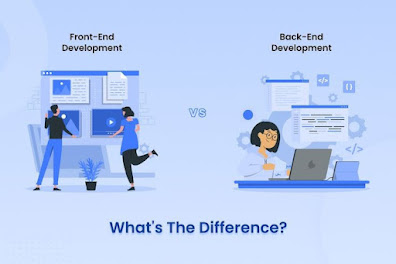Future of Website Design: Trends.

some insights on the current trends in website design that might shape the future of the industry.
Mobile-First Design: With the increasing use of mobile devices, websites need to be designed with a mobile-first approach. This means that the website should be optimized for mobile devices and then adapted for larger screens.
Minimalism and Simplification: The trend towards minimalist and simplified designs continues to dominate. Websites are becoming less cluttered and more focused on the user experience.
Personalization: Personalization is becoming more important in website design. Websites are being designed to provide a personalized experience to each user based on their preferences and behavior.
Voice Interface: Voice assistants are becoming more prevalent, and website design will need to incorporate voice interface design to accommodate users who prefer to use voice commands to interact with websites.
Artificial Intelligence: AI is becoming more sophisticated, and website design will incorporate AI to provide a better user experience. For example, chatbots can provide instant customer service, and personalized recommendations can be made based on user data.
Accessibility: Accessibility will become a bigger priority in website design. Websites will need to be designed to be accessible to people with disabilities, such as visual and hearing impairments.
Augmented Reality: Augmented reality is becoming more popular in website design. Websites are being designed to incorporate AR technology to provide a more immersive user experience.
Microinteractions: Microinteractions are small design elements that provide feedback to the user when they interact with a website. These could be animations, sounds, or visual cues that indicate that an action has been completed. Microinteractions can make the user experience more engaging and memorable.
Dark Mode: Dark mode is becoming increasingly popular as it reduces eye strain, improves battery life, and adds an aesthetic element to website design. Websites will need to provide a dark mode option to stay relevant.
Responsive Design: Responsive design is not a new concept, but it remains important in website design. Websites need to be designed to adapt to different screen sizes and resolutions, ensuring that the user experience remains consistent across all devices.
Sustainability: Sustainability is becoming more important in all industries, and website design is no exception. Websites will need to be designed with sustainable practices in mind, such as reducing carbon emissions and minimizing waste.
3D and Interactive Design: 3D and interactive design are becoming more popular in website design, providing a more immersive and engaging user experience. Websites will need to incorporate 3D and interactive design elements to stay competitive.
In conclusion, the future of website design will be focused on mobile-first design, minimalism, personalization, voice interface, AI, accessibility, augmented reality, microinteractions, dark mode, responsive design, sustainability, and 3D and interactive design. By incorporating these trends into their designs, marketers can create websites that are engaging, memorable, and provide a better user experience



Comments
Post a Comment